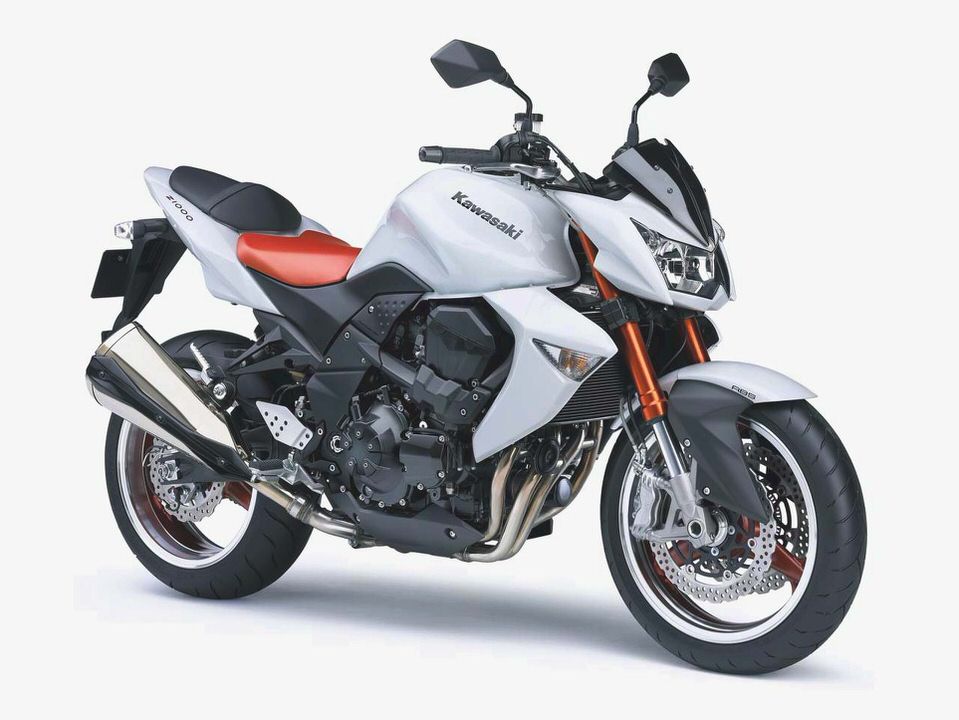
2004 Kawasaki Z1000
Muscle Beach
There is a cost associated with everything in this world, and we’re not talking strictly about dollars. Ten years ago we used to scoff at motojournalists who would whine about things like the uncomfortable riding position of Ducati’s ultra-desirable 916.
But now we’ve seen the years take their toll on aging bodies, and racer ergonomics have become punishing to chipped wrists, wonky hips, and motocross-beaten vertebrae. The price of racer-rep admission becomes further daunting the more the moon ceaselessly orbits our planet full of twisty roads.
Which is not to say that we’re getting old -old. Motorcyclists in general are a youthful lot, and the days of lobbing snowballs at cars and dishing out atomic wedgies don’t seem that far away.
All of the above leads us to the streetfighter or naked class of bikes. Blessed with upright ergos and stripped-down bodywork to go along with their sporting character, this is an emerging niche that gets more appealing every year. However, it took a while to get the ball rolling.
Bikes that might’ve loosely fit this category in the past were mere shadows of the sportbikes from which they were derived, making the phrase tuned for torque leave a sour taste in our collective mouth.
We’re anxious to try the Z with a 180-series rear tire and figured this was the best way to get rid of the 190-series rubber. 66.81 lb-ft of twist will do that for you.
It took the emergence of the Ducati Monster and Triumph Speed Triple in the early-’90s for this market to develop into something all manufacturers began to chase. We’ve extolled the virtues of several other naked bikes of the past, such as Aprilia’s Falco Streetfighter and Tuono, Suzuki’s Bandit 1200 and Honda’s 919, which are excellent bikes in their own right. But few of them have a huge lunge factor that some riders thirst for.
The powerful Yamaha FZ1 and Kawi ZRX1200 come real close, but the FZ is more of a big and fast sport-tourer than a nimble and nasty streetfighter, and the soft-around-the-edges ZRX has a little too much pork with its beans.
Speaking of edges, here comes Kawasaki’s latest attempt at building its streetfighter. The Z1000 features an edgy new look and plenty of trick styling bits that put it way ahead of the 1980s-derived design of the ZRX series (even if we still have a fondness for the old Kawi girls).
Kawi engineers began with its old ZX-9R and began stripping it down to just a Z. Gone is the 9R’s full-coverage bodywork and aluminum frame. In the add column is a significant-though-paltry-looking 2.2mm bored into the Nine’s aluminum cylinders. Now displacing 953cc (a Z953 just didn’t sound right and Z1 was taken 31 years ago), the Z1000 takes its bigger fist and throws a more powerful midrange punch.
Uh, oh, you might worry, I hear a tuned for torque phrase coming.
If blazingly green ain’t your thing, the Kawasaki Z1000 is also available in Passion Red for ’04. Gone are the black and orange versions that were offered when the Z debuted in 2003.
In actuality, the Z1000 motor comes off looking quite stout against its sporting older brother. As expected, torque from the larger motor is up slightly and at a lower rpm than the 9R. What surprised us is that the naked Z manages to twist out 120 horsepower at 10,200 rpm, just a couple ponies shy of the ZX-9 in output and, surprisingly, at the same rpm.
And keep in mind that the Z1000’s new cylinder head gives the 38mm throttle bodies a horizontal shot into the cylinders rather than the racier inclined induction of the carbureted 9R and compression is down a point to 11.2:1.
That muscle is evident when the naked Zee (Zed if you’re a Pom or a Canuck) is brought to life. After cueing an old-school bar-mounted enrichener lever, the inline-Four settles into an idle like a Hemi (the original, not the one with the DVD). Its rumpity-rump is kind of like a burly bicep with a tattoo, it’s a portent of its potential. It feels rough and coarse, but not in an overly offensive way.
You wouldn’t expect a nice streetfighter, wouldya?
Anyone intimidated by the 32.3-inch seat height will be relieved to feel how the saddle narrows as it meets the 4.8-gallon fuel tank, giving stubby legs a straight shot at the ground. This gives the impression of being astride a much smaller bike than it is. A spiffy, gold-anodized motocross-style handlebar is a fairly short reach away to offer an aggressive, forward-canted riding position, though one easy on the wrists.
The motocross-barred Z1000 will hoik up its front end like a MXer. You’ll want to stay away from the double-jumps, however.
If that wasn’t enough to put a rider in the mood for some hooligan-type antics, the snarling sound of the engine quickly picking up revs at the twist of the throttle will. After an embarrassingly loud clunk when engaging first gear, you’ll be pleased that the Z’s cable-actuated clutch is a willing accomplice at modulating power effectively. The injected motor’s fueling is surprisingly fluffy below 3500 rpm, resulting in either a bog or a dash of revs when getting rolling.
Manufacturers sometimes have to adjust their fuel settings lean at the low end in order to meet ever-tightening emissions standards, and that seems to be the case here. If so, this is a bit surprising because the Kawi has a fast 32-bit ECU and its four stainless steel mufflers incorporate catalytic converters; California models use an additional honeycomb cat to reduce emissions ever further.
Once past this low-rpm glitch the meaty motor quickly comes on song, and it’s a quartet chorus that doesn’t let up until the soft rev limiter kicks in just short of 11,000 rpm. But the only house of worship that would allow this choir to sing is the Church of Speed. It belts out a raucous tune that befits its wicked personality.
If you’re looking for a nice naked we suggest you cross the street to your Honda dealer.
What would muscle beach be without rad waves, dude? Check out that totally surfable torque curve and the height of that curl up top. It makes for a wild ride.
Dialing up 8000 rpm on the clock and given only a small handful, you’re about to get a closer look at the compact digital LCD instrument panel, whether intended or not. Even at engine speeds lower than 8000, the Z’s sub-throttle valves do a nice job of meshing with the midrange-biased cams (hollow for less weight) to give a healthy hit at any normal operating rev range.
Yep, the Z accelerates like a coupla-year-old open-class sportbike, and with more torque and a higher handlebar, it’s even more of a wheelie machine, not that we condone this kind of activity. Be thankful Kawasaki has fitted a seat with a low-slip surface. Relative to the 9R, the pull of gravity is greater on the steel-framed Z1000.
It scales in at 492 pounds full of fuel compared to the 472-pound wet weight of the aluminum-framed 9R.
Bringing that that mass slowed down is a fairly high-spec set of brakes. The dual Nissin 4-piston calipers up front were borrowed from the latest ZX-9R (as are the wheels), but rotor size is reduced 10mm to 300mm. There’s plenty of power hidden in them, but they were compromised somewhat by a mushy feel at the adjustable lever.
Bleeding the lines might help, and braided steel lines or different brake pads definitely would. A 2-piston caliper and 220mm disc out back works well at helping slow things without being grabby.
Like any other bike we’ve ridden with a high handlebar, the Z1000 tips into corners easier than the rider of a pure sportbike might expect. It wasn’t unusual during our time on the Kawi to hang right with (or pull away from) machines with a much higher sporting pedigree. We liked the way the sloped tank lets a rider move forward to allow more weight to be put over the front end when cornering.
Ground clearance isn’t an issue on the street, as we only grazed the footpeg hero blobs at the highest pace we felt comfortable with in that environment.
Despite a marshmallow feel at the lever, the ZX-9R-sourced 4-piston caliper brakes get the job done. This clown is still waiting for his call-back from the Star Boyz.
Still, we weren’t altogether thrilled with the handling of the green machine. Its steering is not quite linear, asking for greater inside-bar pressure the further it was heeled over. This condition is not unusual on some bikes that are fitted with a 190-series rear tire, a size that has more to do with stuffing your pants with a sock than for any real performance advantage on the street.
This also results in steering not being as quick as we’d expect from a high-barred bike with a 24-degree rake and 102mm of trail, numbers nearly identical to the new CBR1000RR. Its wheelbase, at 55.9 inches, is just a tenth longer than the CBR. Again we’re blaming that fat Bridgestone BT012 gumball out back, combined with the fairly flat profile of the front BT019.
You haven’t heard the last about this.
On Muscle Beach, a fashionable sunbather wears a bikini, as does the Zee. And just as many bikinis don’t leave much to the imagination, the Z1000’s bikini fairing doesn’t offer much in the way of wind protection, making any lengthy high-speed freeway hauling an exercise in exercise.
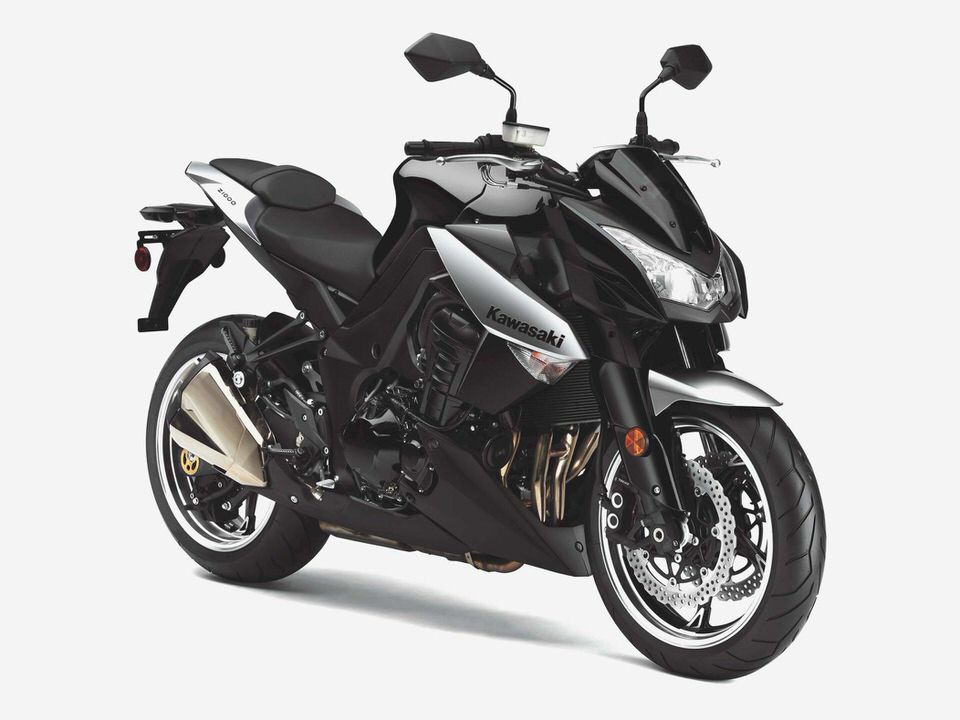
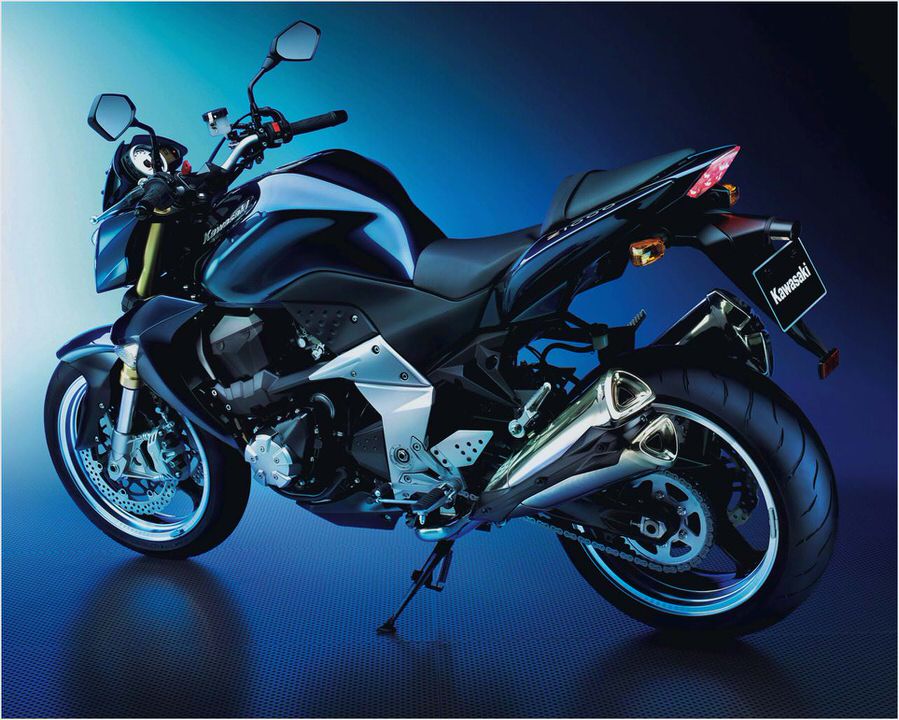
It’s a shame, really, because an upright riding position brought upon by the rubber-mounted handlebar won’t beat weary wrists like clip-on equipped sportbikes. The Z1000’s seat proved to be surprisingly comfy on a three-hour road trip, and the rear-set pegs don’t fold up knees too badly. A clock lets you how long you’ve been on the road and a fuel gauge reveals that you’re slurping fuel at an average of 35 mpg; a sane person can expect numbers in the high 30s.
Despite appearances, that aluminum frame is as real as that beach. Regardless, we think the Z1000 looks bitchin’.
One piece of advice for those who need to put swift miles under their tires: If you plan on checking to see if the speedometer reads above 150 mph, make sure you use your magnetic tank bag’s retention strap. That’s what we heard, anyway.
When it came time to picking out the highs and lows (seen on the spec page of each bike test), it was easy to choose the Z’s suspension as a low. The 41mm inverted fork looks the biz, and it performs well enough despite lacking compression damping adjustment; strangely, only one fork tube has a dial for rebound damping. The single shock with piggyback reservoir also lacks compression adjustability, and fettling with combinations of preload and rebound couldn’t get it to work as well as we hoped.
Keeping it from being sproingy in the corners made it harsh on the freeway, and around and around we chased.
Now comes the part we left for last: the Z’s styling. Seldom have we seen the appearance of a bike polarize opinions like our green meanie. It gets strong reactions from onlookers, whether with envy or fear or disdain.
Especially controversial was its color. Some eyes believed it to be over-ripe, while many others ate it up like Superbowl fans tuning in to the Lingerie Bowl. It reminded us of the Barenaked Ladies song, If I had a Million Dollars, in which they sing: I’ll buy you a green dress, but not a real green dress, that’s cruel.
In the eyes of many, this Z has a real green dress. Your mileage may vary.
ZX-9R alloy wheels are color-matched to the Z1000’s bodywork and then polished at their edges to give a custom look. Is it just us or is that green plastic engine cover vile?
As for the rest of the Z’s look, penned by the designer of the Mazda Miata, there’s no doubt that style was chosen ahead of substance. He added fake cylinder fins to the engine so it looks air-cooled, and he formed a silver plastic cover to fool people into thinking the steel frame is aluminum. Do you see a pattern here?
The quad exhaust pipes are heat-treated to look titanium, a similar color as the aluminum handlebar and shock body. Mixing up the color palette are bright gold brake calipers and rotor carriers, plus silver radiator shrouds.
Speaking of radiators, it brings up a couple of undisputed styling faux pas. The horn looks terrible hanging off the radiator out in the open, and the body-colored engine covers would hit the circular file if we owned the Z.
But there’s plenty of good stuff, too. We like the custom look of the edge-polished wheels and the multi-reflector headlights. The blade-like tailsection and LED taillight stolen from the ZX-6R look appealingly evil, and they’re complimented by a slick hugger rear fender and a seat cowl that comes standard.
And the key slot for releasing the seat cowl/rear seat is cleverly hidden in the slick undertray of the tailsection.
And we’re outta here. Stay tuned for future installments about our latest project bike. You’ll be seeing a whole lot more than just a new rear tire.
All of which brings us to our final point: There’s so much to enjoy about the Z1000, like its excellent riding position, mondo motor, reasonable $8500 price tag and the way it makes its rider feel, that we’re almost willing to overlook its nits. The Z provides a raw, elemental experience that we love. With its snarling motor and accompanying vibration and the full windblast crashing around your face, things like a hard-to-reach sidestand tang and wonky suspension become like objects in its mirrors, smaller than they appear and getting even smaller.
The Z has proven to be quite popular in streetfighter-mad Europe, but Kawasaki tells us it enjoys only moderate success on these shores. We feel this bike is too good to ignore, so we implored Kawasaki to let us keep our Z for a long-term project bike. Foolishly, they accepted, so we’re going to throw every aftermarket part for it we can find and see what sticks.
What do you think, dear readers? More wind protection? More power? Uh, actually you don’t have a choice on that one. Revised looks?
Tell us your opinions right here in the Talk Back section and stay tuned for updates on how our Z will turn out.
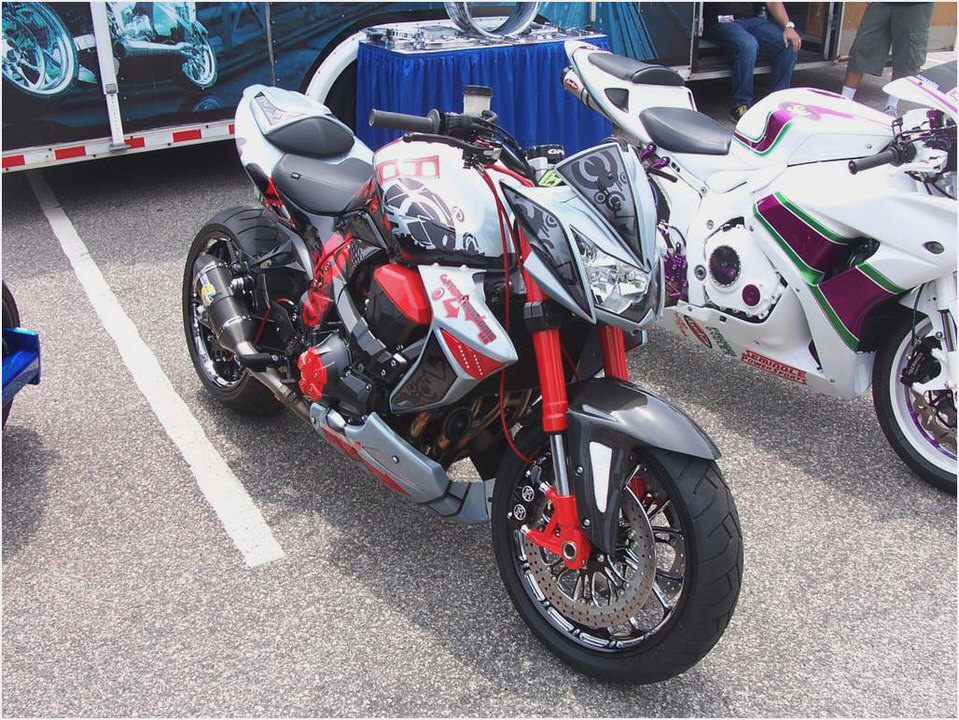
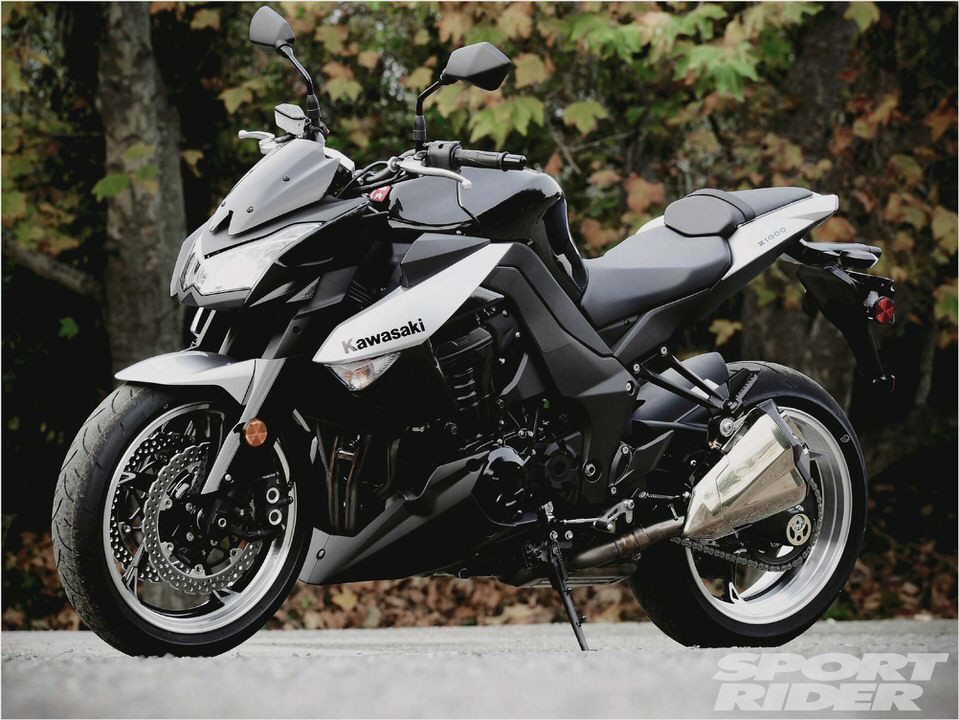
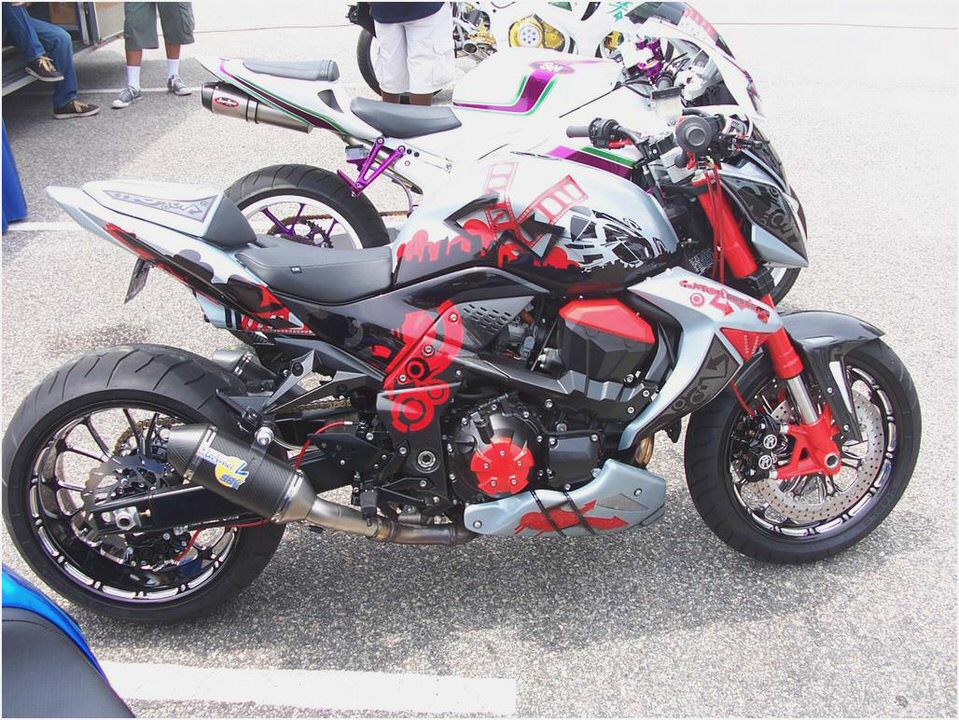
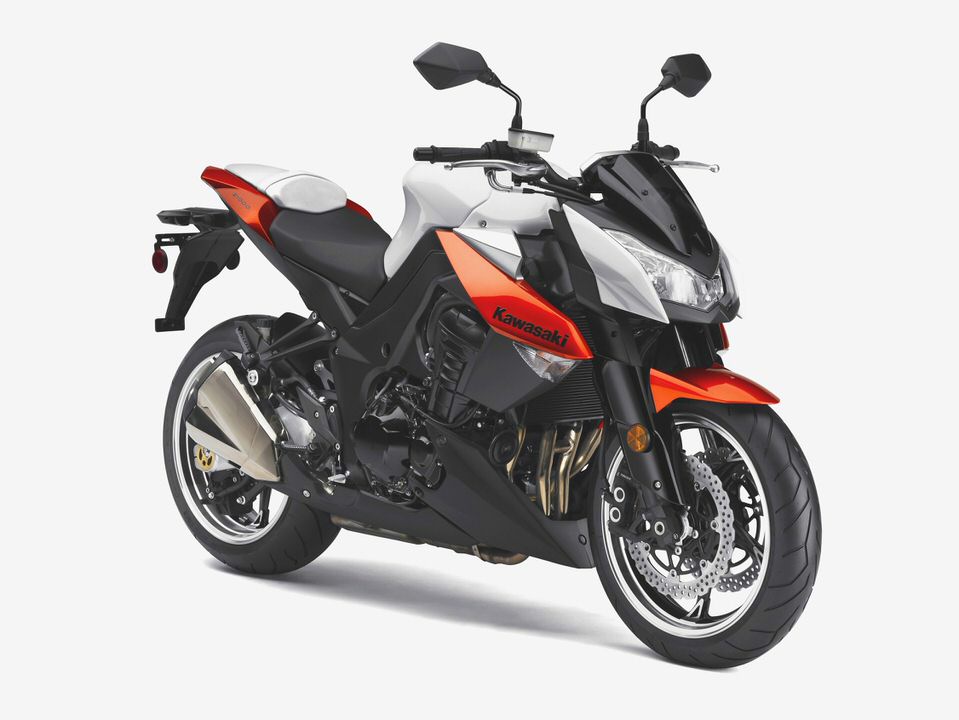
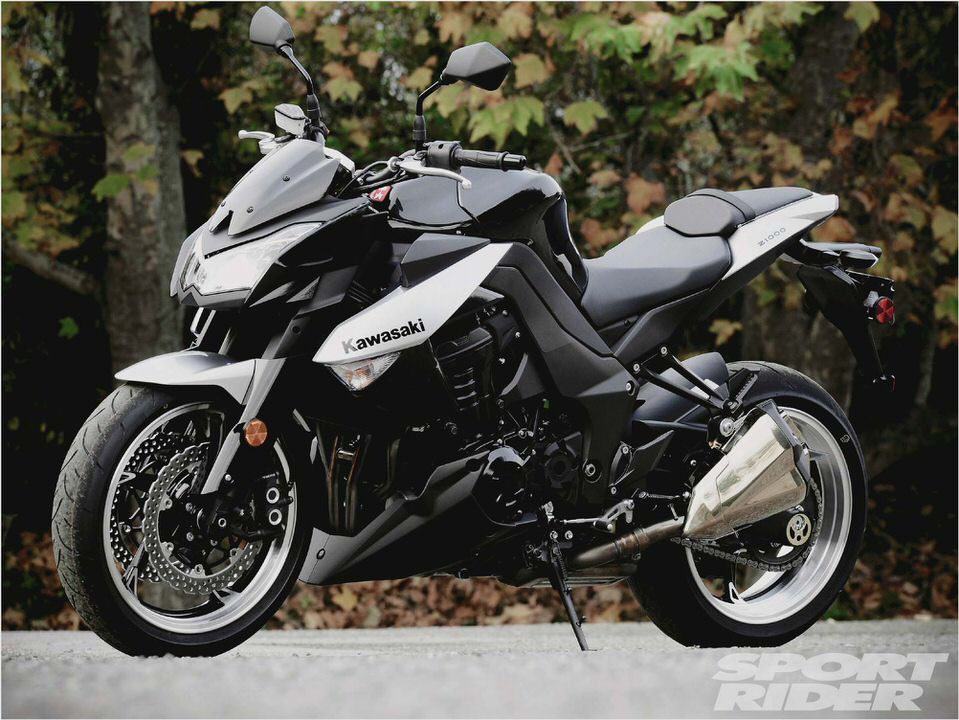
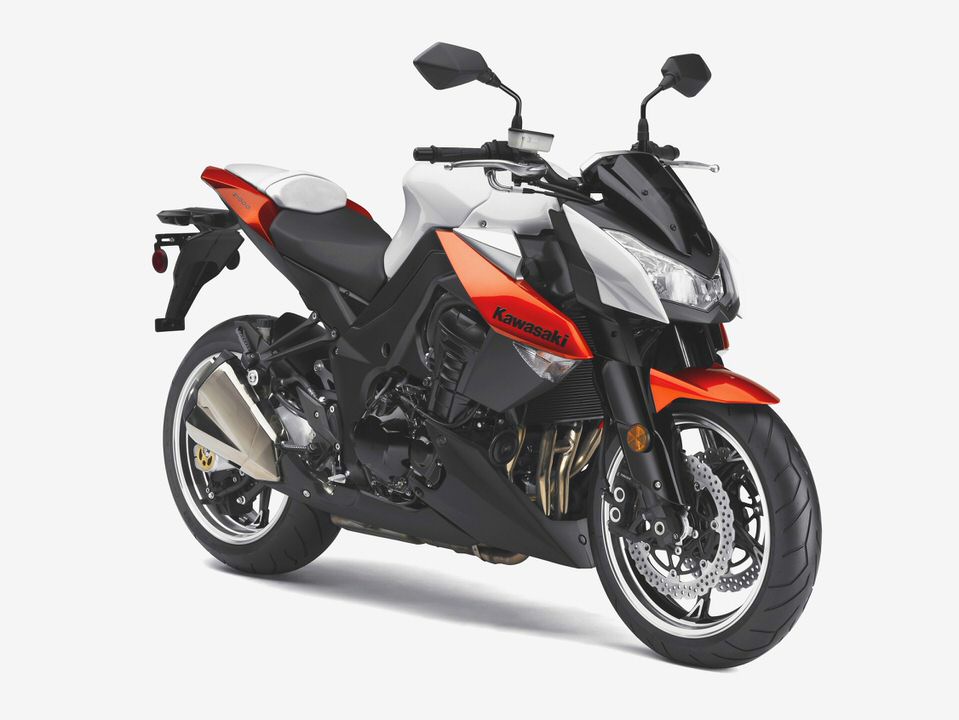
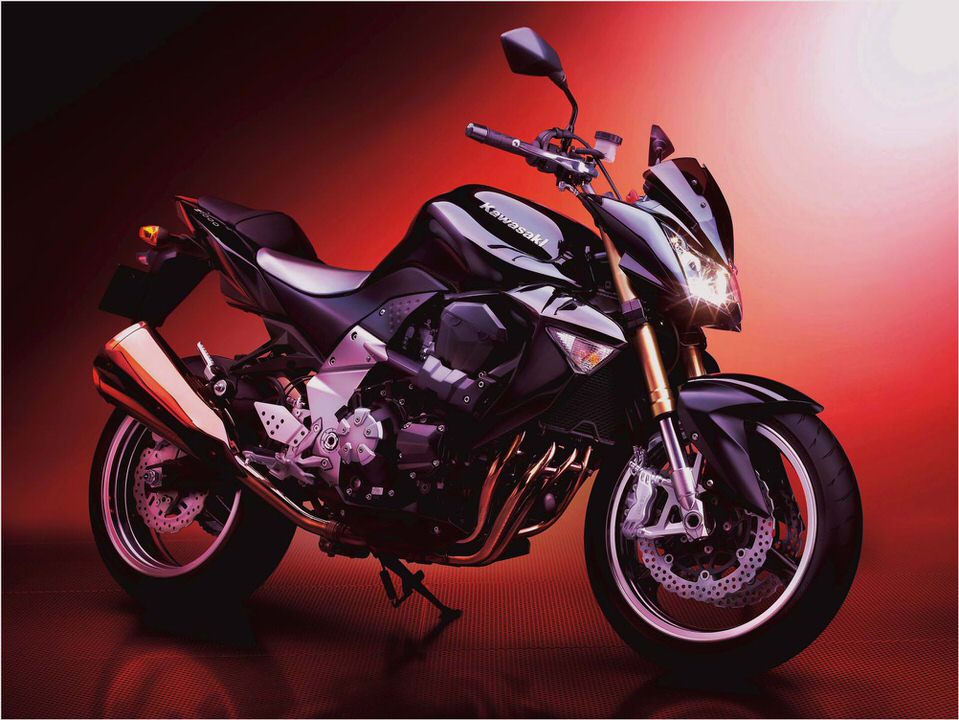
- 2009 Kawasaki Ninja ZX-10R – Used 2009 Ninja ZX10R at Motorcyclist Magazine
- 2010 Kawasaki ER-6n motorcycle review @ Top Speed
- Kawasaki KFX 450 R DIY Reviews!
- Any 2009 1700 Vulcan Voyager Owners
- 2010 Kawasaki Versys — Motorcycle Magazine

